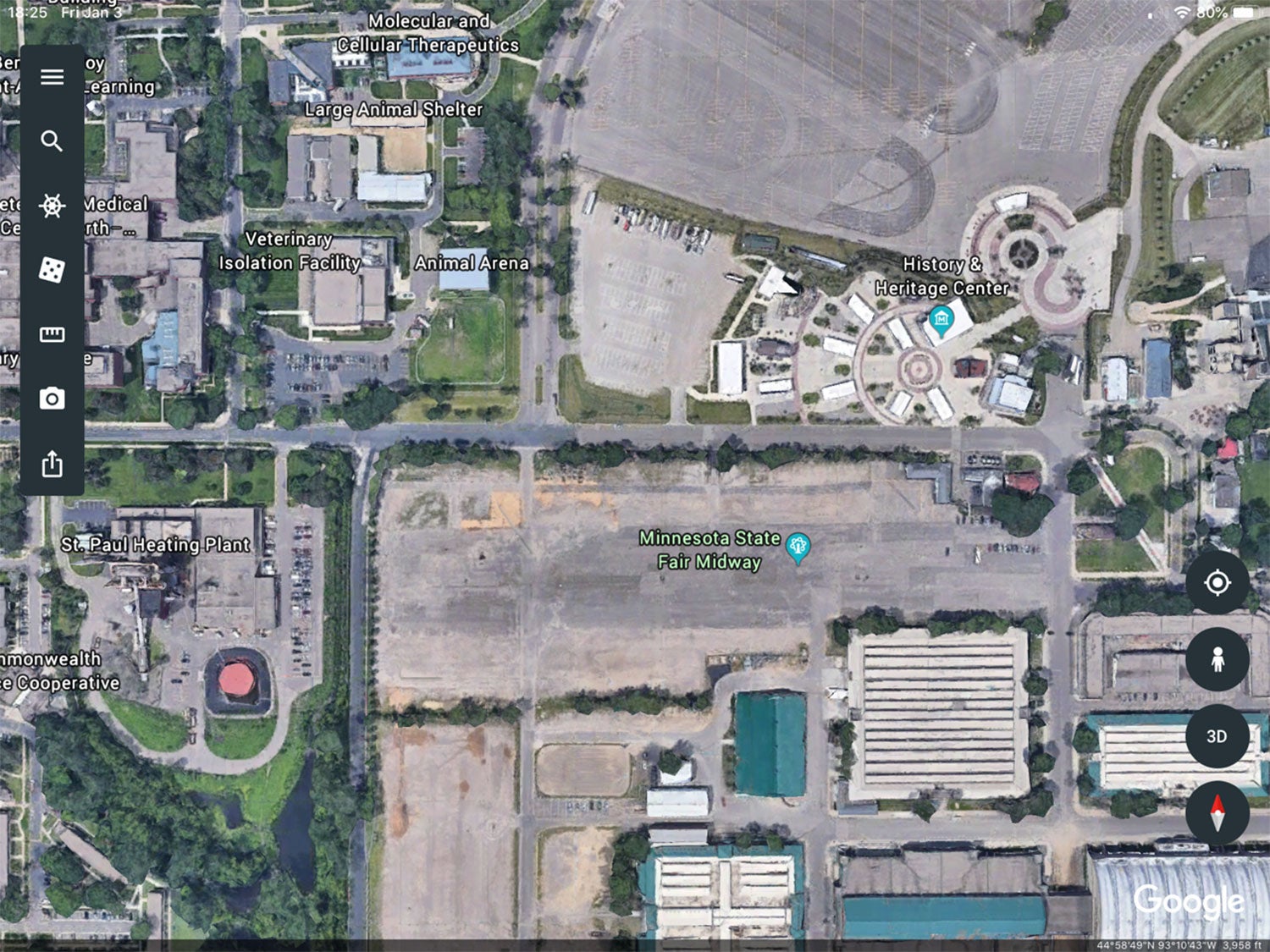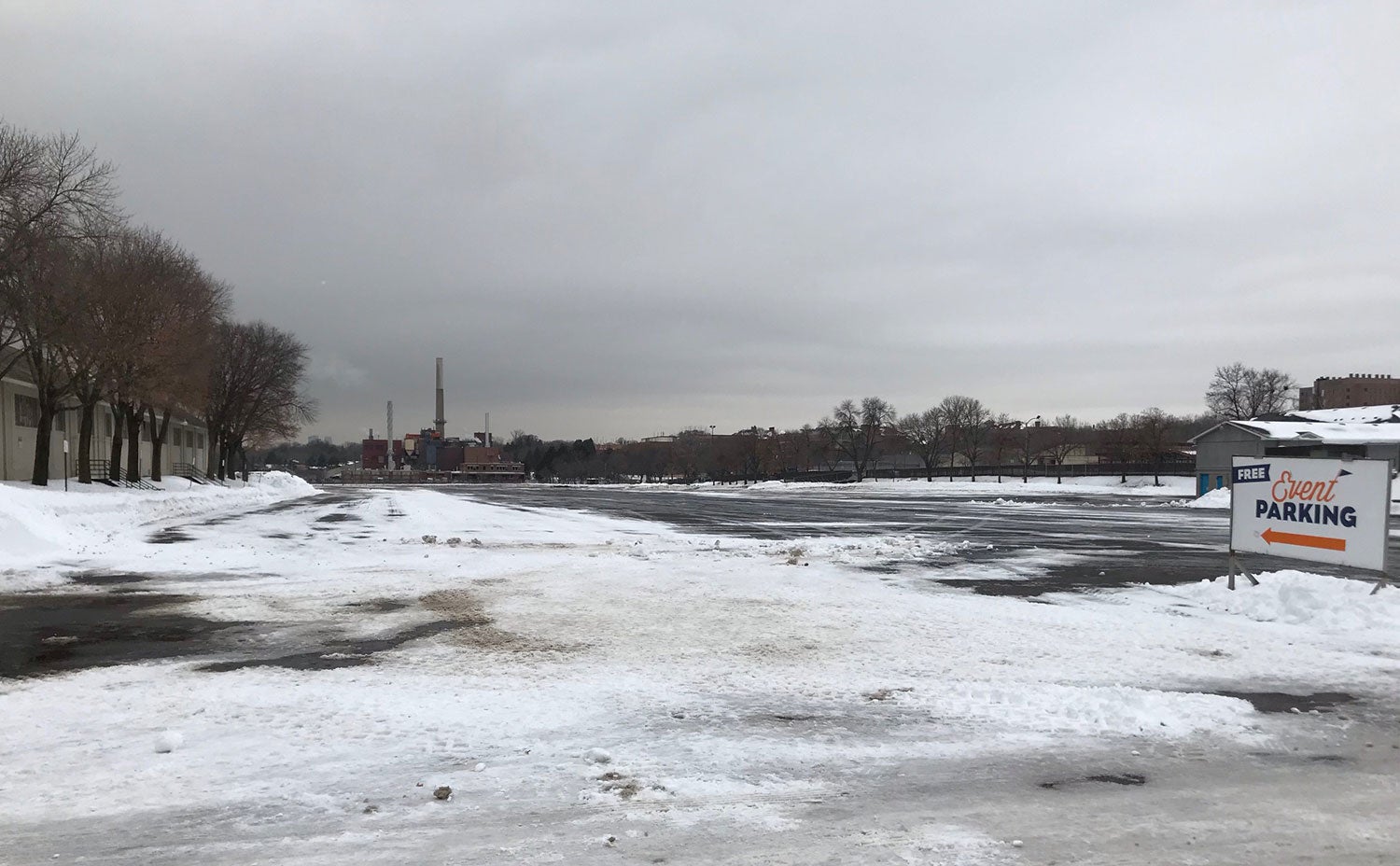A long time ago, in a city far, far away (OK, it’s St. Paul, Minnesota…), there was an Aviation Explorer Post that had rebuilt a J-3 Cub. The Explorer Post was sponsored by an FBO and the 3M aviation club, and because it was part of the Boy Scouts program, they were invited to display the airplane at the annual exposition to be held at the Minnesota State Fair grounds, adjacent to the University of Minnesota St. Paul campus.
We (I was a fifteen year old Explorer) were excited about the opportunity to show off the result of a couple of years of restoration work, and not unaware of just how unusual this display would be—not a model airplane, but a full sized, flying aircraft into which several of us had put many hundreds of hours of labor. The only thing was—we didn’t really want to pull the wings off of the machine to truck it the ten(ish) miles from our airport base to the fair. The weather was good, and we were loathe to give up the flying time that it would take to disassemble and reassemble it a couple of times. The answer was obvious – airplanes are meant to fly, so why not fly it in?

Fly it? Into the city of St. Paul?! This sounded like madness at first, but then we looked at the layout of the fair grounds, and realized that there was a large open “parking lot” area that was used to set up the carnival midway each year. Measuring about 1300 feet east to west and clear of pavement surface obstructions, it didn’t seem like a bad place to drop a Cub. There was, of course, the question of legality, so a call was placed to the FAA. Their response (remember, this was 1974) was “we don’t care where you land – its up to you to get permission from the property owner. Once you’re out of our sky, it’s not our problem.” Wow—that sounded pretty good!
I wasn’t a part fo the permission process beyond that, but I assume that no one objected, because soon we drew straws among the few of us that were working towards our private license, and I was the lucky winner. I mounted up with our instructor (A wonderful guy who I was told went on to be a school principal who virtually volunteered his time to teach us flying), and the rest of the group climbed into cars to receive us at the other end.
Now take a look at this picture, shot just the other day, in the year 2020. The setting is almost unchanged – including that big smokestack right in the middle of the approach path from the west. The most important thing to remember when approaching an obstacle like that is not to look at it – because humans go where we are looking! Our instructor was not to be fooled however. I got the take-off from the home field, and the flight down, following familiar roads and neighborhoods as we penetrated the city. When we got in close, he tapped me on the shoulder (I was in the front seat for this mission), and wiggled the stick, signaling that it was his turn. We overflew the field, and he entered a downing for landing to the east, carefully scanning for antennas or other obstructions that we might have missed.

He lined up straight at that smokestack as we turned final, and really got my attention… then as we got close to the powerplant, he slipped left, passed the stack, slipped back right, and in about the same instance as the wings came level, we made a perfect three-pointer on that midway pavement. As I recall, we probably used half the available distance, and as he added power to taxi to the east end, we could see the reception committee ready to guard our wingtips as we taxied through the streets to the display area. The whole flight couldn’t have taken more than twenty minutes, but it was a great lesson at the very start of my flying career.
Flying an airplane to a landing in a confined space is a lot like a ballet. You plan your steps, and stay ahead of the airplane so that you know where you are going to turn, where you are going to slip, and exactly where you want to plant the wheels. You want to keep your speed as low as you can without getting into trouble, so that you have options for a go-around. And then you dance with the machine all the way to the ground.
I doubt that you’d get permission from anyone to do something like that today – back then, there were lots of experimental farm fields just to the north of the fairgrounds, but its mostly houses now. Someone would probably complain. But those days were closer to the barnstorming times of our aviation ancestors than they are to the present day, so maybe we can be forgiven… just in case the statute of limitations haven’t expired!













